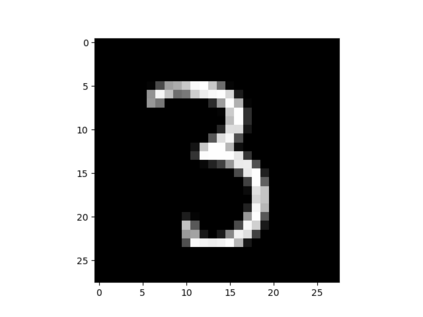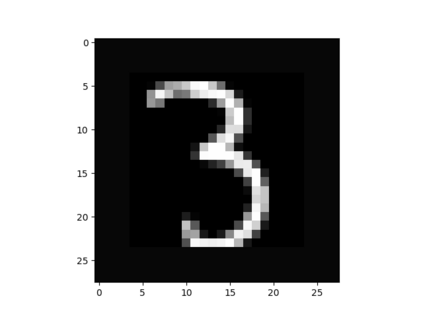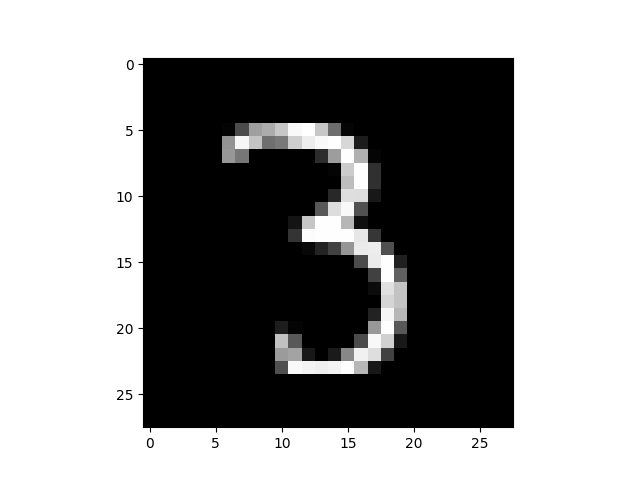Continual (or "incremental") learning approaches are employed when additional knowledge or tasks need to be learned from subsequent batches or from streaming data. However these approaches are typically adversary agnostic, i.e., they do not consider the possibility of a malicious attack. In our prior work, we explored the vulnerabilities of Elastic Weight Consolidation (EWC) to the perceptible misinformation. We now explore the vulnerabilities of other regularization-based as well as generative replay-based continual learning algorithms, and also extend the attack to imperceptible misinformation. We show that an intelligent adversary can take advantage of a continual learning algorithm's capabilities of retaining existing knowledge over time, and force it to learn and retain deliberately introduced misinformation. To demonstrate this vulnerability, we inject backdoor attack samples into the training data. These attack samples constitute the misinformation, allowing the attacker to capture control of the model at test time. We evaluate the extent of this vulnerability on both rotated and split benchmark variants of the MNIST dataset under two important domain and class incremental learning scenarios. We show that the adversary can create a "false memory" about any task by inserting carefully-designed backdoor samples to the test instances of that task thereby controlling the amount of forgetting of any task of its choosing. Perhaps most importantly, we show this vulnerability to be very acute and damaging: the model memory can be easily compromised with the addition of backdoor samples into as little as 1\% of the training data, even when the misinformation is imperceptible to human eye.
翻译:当需要从随后的批次或流数据中学习更多的知识或任务时,就采用持续(或“增加”)学习的方法。然而,这些方法通常是对抗式的不可知性,也就是说,它们并不考虑恶意攻击的可能性。在先前的工作中,我们探索了高压重量综合(EWC)对可察觉错误信息的脆弱性。我们现在探索了其他基于正规化的和基于基因的复放持续学习算法的脆弱性,并将攻击扩大到不可察觉的错误信息。我们表明,聪明的对手可以利用不断学习的算法在一段时间内保留现有知识的能力,迫使它学习和保留故意引入的错误信息。为了证明这种脆弱性,我们把后门攻击样品输入培训数据。这些攻击样品构成错误信息,让攻击者在测试时间捕捉模型的控制权。我们评估了在两种重要领域和类递增学习情景下旋转和分裂的多国信息系统数据集的精确基准变体的脆弱性程度。我们显示,当我们仔细地将一个“损害性”的精确性模型用于测试任何任务时,我们可能选择一个错误性的任务的精确度,从而将一个错误性的任务的模量变为一个测试。
相关内容
Source: Apple - iOS 8







